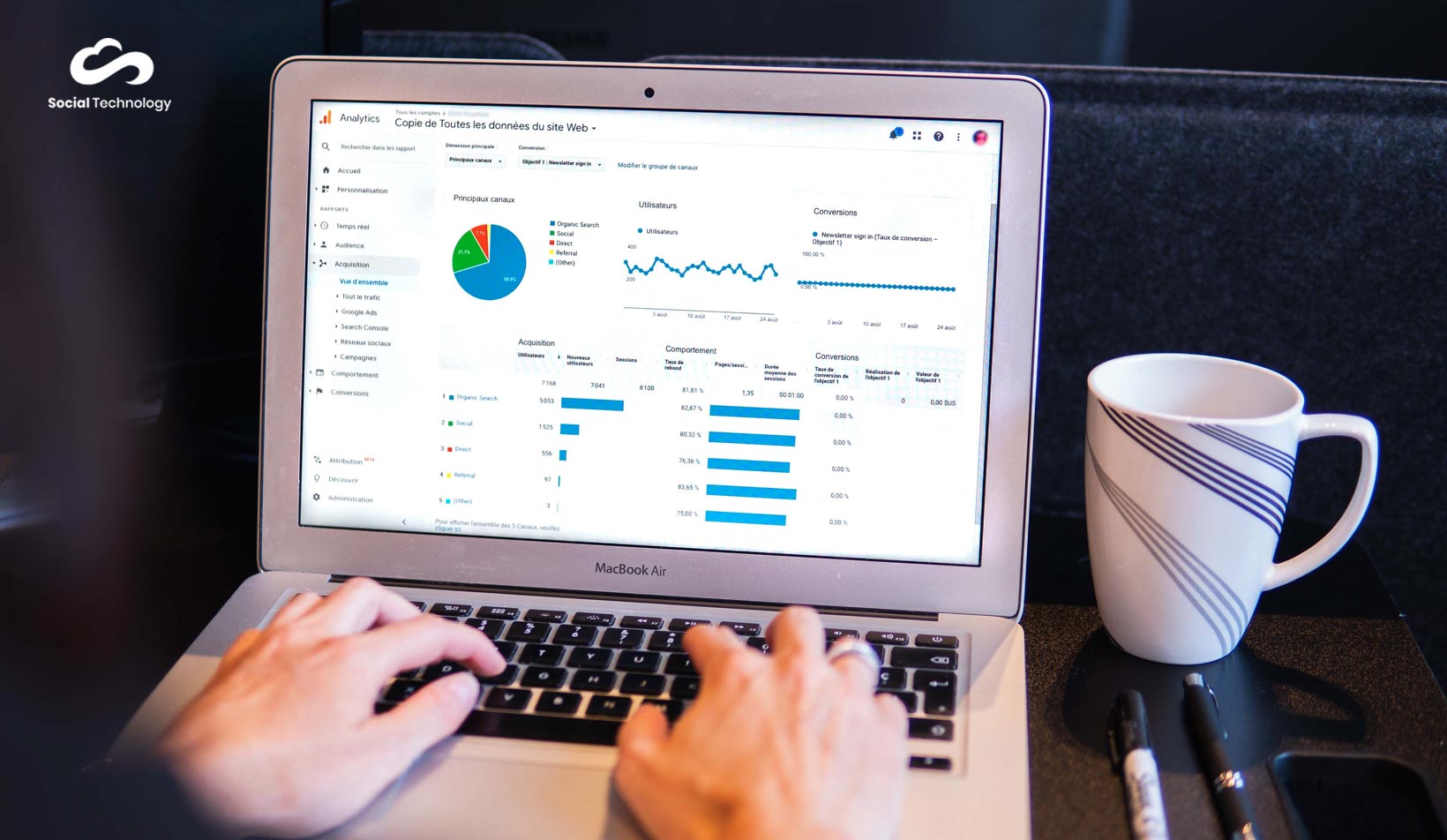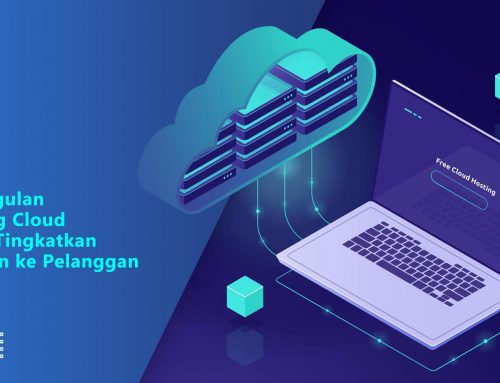Data mining business analytics is the next big theme that we need to discuss after the definition of data mining. Drawing some samples for the topic clearly gets you to the point with specific goals in mind.
Before coming to the samples, let’s draw differences between data mining and data analytics. Data mining means the process of taking out information from large data sets. While data analytics takes one step further. The term refers to using the information then analysing it for further usage. Companies or organizations utilize inspection, cleaning, transformation and modelling of the information during data analytics. At the end of the day, data analytics produce beneficial information for companies or organizations to make decisions.
Data analytics is part of the overall business intelligence processes besides data mining, artificial intelligence and machine learning. We need to understand the data mining process before coming to data mining business analytics.
Broad steps in the data mining process
The first phase is business understanding. Make sure you know what overall objectives of your business that will lead to a data mining problem and a plan. The strong comprehension of the goal will also lead to a good data mining algorithm. For example, a business understanding of finding out what customers buy the most.
The second one is data comprehension. The phase includes data gathering, getting insights, and studying subsets. For instance, the supermarket wishes to apply a rewards program that hopes customers input their phone numbers when purchasing. This will allow the supermarket to access their shopping archives.
Data preparation serves as the third phase. The most significant stage encompasses computer-language data taking and its shifting into a form. From there, there is a modelling phase that brings together mathematical models to look for patterns in the data. The next phase is an evaluation that also includes evaluation and review. The companies need to ensure the last step answers their business purposes. As the examples unfold, the final answer is knowing a list of products customers mostly purchase. The last stage is deployment which refers to making a report as the simplest form or formulating a repeatable data mining process to occur often.
The correlations between the data mining process and business analytics
Data mining business analytics can take some important points from the data mining process. Let us reuse the supermarket as a clear example. The data mining business analytics, in general, includes the following stages:
1. Classification
At this stage, available data are analysed then moved into discernible categories. From there, companies can take conclusions. In regard to the supermarket, the manager of the supermarket may utilize classification to group the types of groceries bought by the customers. For example, produce, meat, bakery, etc. The store owners can later learn more about the customers’ buying preferences.
2. Clustering
By essence, clustering looks similar to classification. Clustering, however, is less structured, providing a simpler option for data mining. For example, the supermarket owner can categorize the products into food and non-food items.
Also read: Three Ways Big Data Help for Businesses
3. Affiliation Rules
Also known as tracking patterns, specifically based on linked variables. For instance, customers who buy specific items will likely to buy another second, related product. This will cause the store to know what will customers purchase next.
4. Regression analysis
Regression is used to identify the relationship between variables in a set. From there, the supermarket manager, for example, can plan and model a specific variable. Thus, the manager can come up with price points based on availability, consumer demand, and their rivalry.
5. Unusual pattern projection
Sometimes, the supermarket manager needs to study anomaly consumer behaviour so that they can provide products when unusual season strikes. For example, the manager can offer products during the first week in March that sees most male consumers. This paints an unusual picture that mostly welcomes female shoppers throughout the weeks in the month.
In case your business needs some assistance on data mining business analytics, rely on our expertise for the field. Simply hit the Contact page for further get-together talk and discussion with us.







Leave A Comment